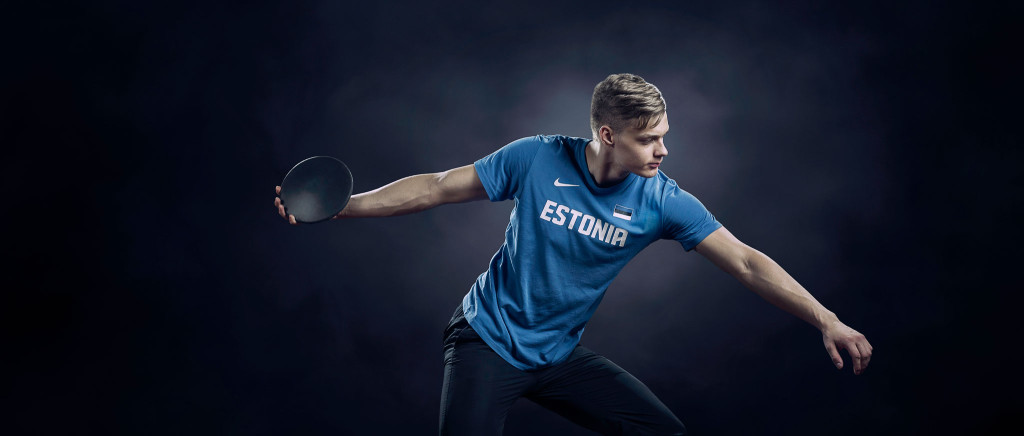Pixel X800C Review Hands-On Review
A while back I reviewed the Pixel Mago speedlite. This time the kind people at Pixel Enterprise have sent me two of their brand new X800C speedlites for testing.
The Pixel X800c is the new generation of Pixel speedlites. It has a completely redesigned and smaller body compared to the Mago. It also has an integrated receiver compatible with the company’s King-series 2.4GHz wireless triggers.
Technical specifications:
- Flash Index – 60M@ISO 100/105mm
- Flash Mode – ETTL /M / Multi
- Auto Zoom / Manual Zoom: 20 – 200 mm
- HSS to 1/8000th
- 2.4GHz Radio Transmission – Master and Slave Modes
- Canon Optic Wireless – Master and Slave Modes
- S1 and S2 Optic Slave Modes
- 1st Curtain Sync / 2nd Curtain Sync
- FEC / FEB – 1/3rd Increments (±3 stops)
- Manual Flash – 1/128 – 1/1 output control (1/3rd increments)
- AF-Assist Light
- Sound Prompt
- High Definition Dot Matrix LCD Screen
- USB Port – Firmware Upgradable
- External Power Pack Input (Pixel Style Socket)
- PC Sync Port
- Full Head Tilt & Swivel – UP/Down: -7/90 degree Left/Right: 180/180 degree
- Long Life Flash Tube
- Flash Recycle Time – aprox 2.8 sec (1/1 full power output)
- Internal Power Source – 4 x AA size batteries (Alkaline or Ni-MH are available)
- Flash Times – 180 times (1/1 flash output, with Sanyo Eneloop batteries)
- Overheating Warning – multi dot-matrix temperature control, battery & tube overheat warning.
- Dimensions – 78.04mm × 60.50mm × 193.00mm
- Weight – 408.7g (excluding batteries)
First Impressions:
First when i got it out of the box, I noticed how much smaller it was compared to the Mago. The build quality was what I had come to expect from Pixel, solid and well-made. The most disturbing thing about the Mago, was the lag on the control dial. However, this is no longer an issue with the X800C.
The First Shoot: Discus Throw
I don’t use male models often. This time I was contacted by an Estonian discus thrower. Since I’ve been busy for the last couple of months, it feels good to be back at shooting sports again.

I want to thank the great people at Audentes Sportscentre for letting us use their spaces for this photo shoot. For this photo I used four speedlites. Infront of the subject, to camera left, I had a Pixel X800C as the key light in a 120cm octabox with no front diffuser, only the inner baffold. Again, on the left, behind the subject, there was a YN560II high up, with no modifier, acting as a rim/hair light. On camera right I had another YN560II with a 84cm translucent umbrella as the fill light. And finally, behind the subject to the right, I had another X800C in a 101cm Phottix Silver Para-Pro, giving the subject a nice rim light.
A lovely new feature that Pixel has added to the X800C, something that I missed on the Mago, is dumb slave mode. This means that not every flash head needs to have a radio trigger. The X800C also has a built-in receiver for the King-series 2.4GHz wireless triggers, which is a nice feature. However, due to the fact that these are pre-production units, I was not able to test this feature.
The Second Shoot: A Clouded Wall
Very little preperation went into this shoot. Since I was in dire need of ideas for testing out the X800Cs, I quickly found a model, location and set the date of the shoot. We didn’t really have any ideas as to what to do for the shoot… And so we improvised.

From the beginning, I knew that I wanted to do something simple. So I decided to go with a one light setup. In this picture I had one X800C in a 120cm octabox to camera left for the key light, and another X800C to camera right with no modifier pointing straight up into the ceiling creating a fill light. This is where the dumb slave mode of the X800C came in handy, as I only needed to use one trigger.
The Third Shoot: Thomas
There seems to be a wierd pattern occurring. When I was reviewing the Pixel Mago, I started the review with a Picture of Thomas, but this time it seems like I am ending it with one. We knew that we wanted to do something moody and dark for this shoot.

Two Pixel X800Cs were used in combination with natural light for this portrait. The first X800c was in a 120cm octabox to camera left. The second X800C was in a 70×70 softbox to camera right with a blue gel on it. Natural light was used for fill.
As I’ve come to expect from Pixel, the flashes are fairly easy to use. The interface is nice and user friendly. You may need to consult the manual when using it for the first time to figure out how to access some of the hidden menus like the slave mode menu. Other than that it’s fairly easy to get around.
Conclusion:
Pixel is on the right path with their new generation of speedlites. What they have done, is taken their Mago speedlite, and improved upon it with the X800C. It has everything that was good about the Mago with a bunch of new features and improvements that were missing before, like the dumb slave mode and a more responsive control dial .
I would recommend it to anyone who is in the market for a well-built speedlite that is affordable and packed with great features like TTL, HSS, built-in support for the company’s King-series 2.4GHz wireless triggers and many others.